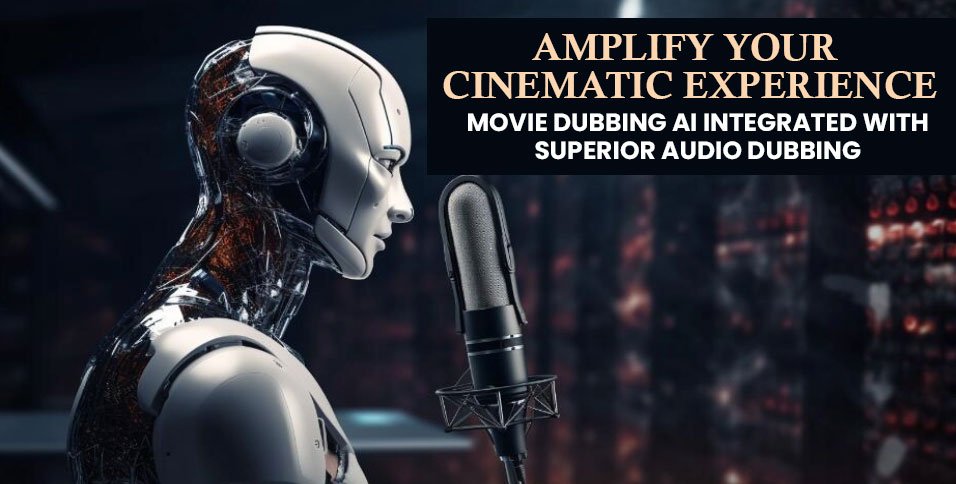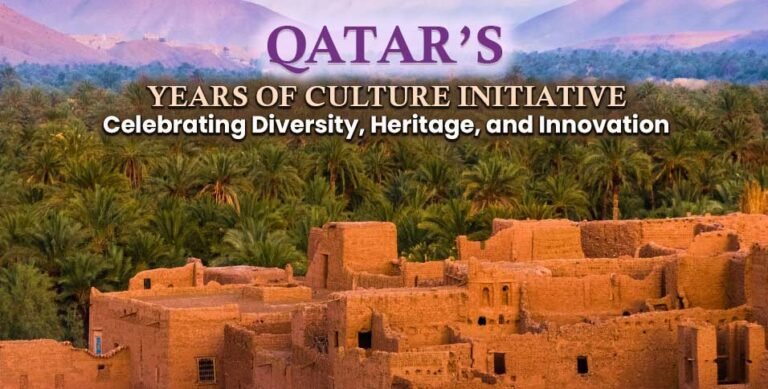Today’s times are all about ease and comfort. Irrespective of the field, making work and production easy can enhance the overall experience. In movies and cinema, the integration of cutting-edge technology can amp up production and create a scintillating result. VFX, AI dubbing, voice cloning, text-to-speech, etc., provide innovative solutions to multiple problems. Combining these technological elements allows the seamless adaptation of numerous languages and voice transformations.
Interestingly, technology today can capture the essence of the human voice by emphasizing the nuances and intonation. The conversion of written text into high-quality sound, the addition of emotional tones with the help of deep learning mechanisms, and voice cloning to create the perfect persona of an actor or to recreate the voice of an actor who passed away. Audio dubbing finds a myriad of uses in the film industry. Experimenting with one’s creative flair while complementing the synergy of the audio can eventually create magic on screen.
Advanced AI Dubbing in Movies: The Benefits
For an unforgettable audio-visual experience, the movies need to be able to transform the audience into a different yet authentic land. Technology is intelligent enough to keep up with the viewers’ expectations, creating a context suitable for all. Directors can create cinematic moments by producing natural, human-like audio exclusively using AI. The facet brought in by artificial intelligence allows filmmakers to not be bound by languages and creates an immersive multi-lingual experience. Watching the release of their passion projects across a global scale is often a dream come true. Movie dubbing AI often extends beyond the mere translation of the script. When combined with other advanced audio technology, the movie’s final product is known to reach newer atmospheric heights.
- Enriched Vocal Audio – A solid foundation for dubbing is achieved with the help of state-of-the-art technology. Scripts can now be transformed into human-like speech in any language. Not only text-to-speech but the further production and processing of the audio contributes to providing the result. The capabilities associated with AI can create voice sculpting and lead to iconic vocal performances. Altering the pitch, controlling vocal timbre, etc., helps breathe life into the AI-synthesized voices, resulting in an elevated final product. Adding life to the characters can define the artistic voices and make them alive.
- Synchronicity – One of the biggest challenges associated with AI in the initial days was lip-syncing. It was an arduous task to synchronize the audio with the actors’ lip movements, making the editing seem shallow. However, innovations like automated lip-syncing helped mitigate these issues. The frame-by-frame synchronous movements for every character in any language made the job easier. Premium solutions in the form of AI audio maps were integrated with the original frequencies to maintain the cinematic landscape.
- Flexibility – Based on the commands given to the AI software, the delivered output can vary in terms of its emphasis and other nuances. For example, for a more dynamic result, the directors can tweak the audio with advanced processing that paves the way for more flexibility in the sound. An added emotional element, subtle hints of variation depending on the culture, etc., is possible even last minute with the help of AI.
- Customized Voices – AI voices can now be tailor-made and customized to create a persona that matches certain characters – this can remain consistent across languages. The existing data of the original actor can be used to train the AI to recreate their signature style while dubbing in different languages. Additionally, maintaining the regional dialect and authenticity can be done using a data set. Dubbing solutions can be used according to the countries and cultures of the film release.
- Intonations – The originality of the human voice can be captured using AI voices by replicating human speech patterns. Visual information from actors and the scene’s context is used for AI technology to pick up from the given cues and generate the voice to emphasize human speech. Editing can remove any background noise and disturbance for a more seamless experience in the theatre.
Conclusion
Innovations in auditory technology have made room for profoundly enhanced audio AI dubbing. The platform is now at the level of sonic artistry. Instead of planning to hire actors, account for their charges, and book additional studio time, filmmakers can now use their creative discretion to explore their unique flair for cinema. The perfect blend of AI with advanced effects like lip-syncing, surround sounds, etc., leads to an optimized result. Delighting the global audience is a dream that most directors can achieve with the help of audio AI solutions. Exceeding all expectations, AI in movies has soared. The fusion of AI performances is a work of art and has provided a voice to most creative people while amplifying the entertainment value in international cinema.
Also Read: The Impact of AI on Film Editing: From Script to Screen















